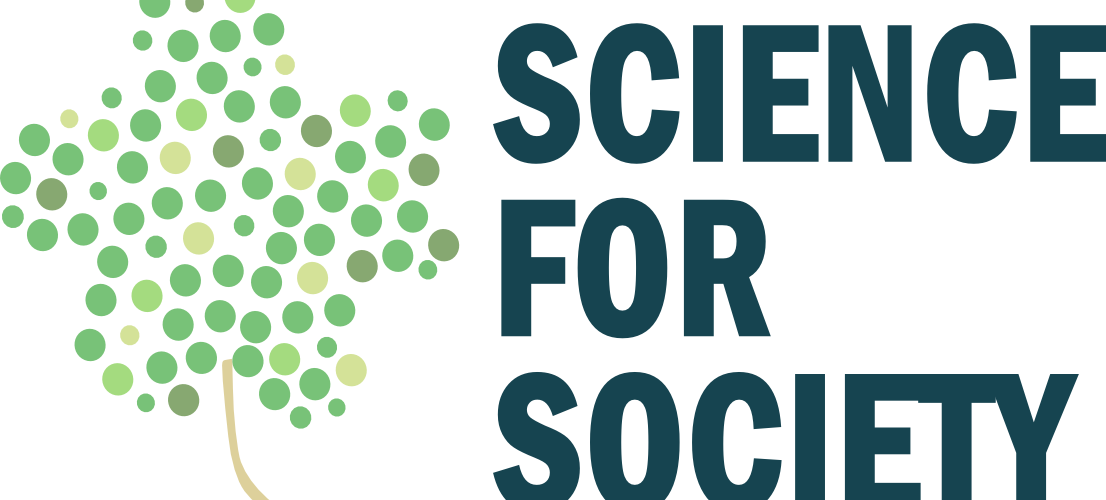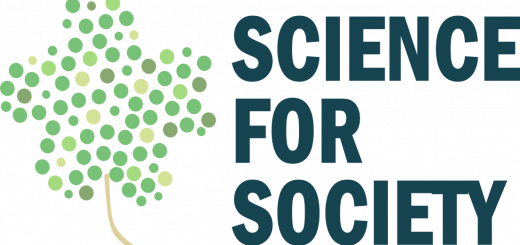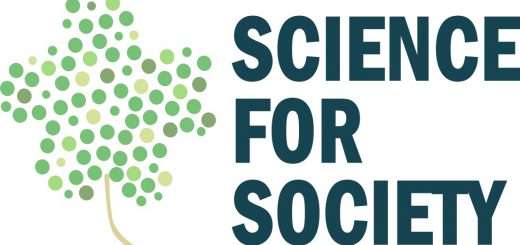Genetic Modification in Humans: A 21st Century Health Policy Challenge

This article is part of theGIST Science for Society 2014 Article Competition. The top three articles will present their work at the conference. Vote for your favourite article here. Voting closes on Friday 31st October 2014.
Once the possibilities of altering our DNA become almost endless, should we allow everyone to use the available options or do we need clear rules on when it is justified to genetically modify humans? Policymakers will have to integrate a range of scientific and ethical considerations to address this complex issue.
There is a controversy surrounding the concept of genetic modification – may it be in crops with foreign DNA to protect them from pests or genetically modified animals that are bred for scientific studies. A number of people oppose these practices, but what about genetic modification of humans? Is it acceptable to change our own DNA? For many, the instinctive answer may be no.
Yet, techniques to genetically modify humans are being developed to combat severe diseases – and new tools are opening up a range of possibilities we did not dare to imagine a few years ago.
A gene therapy – a term for genetic modification of humans – to treat the inheritable disease lipoprotein lipase deficiency has been approved in both the US and the EU in 2013 [1], and the method has been used in China to treat specific cancers since 2003 [2]. Gene therapy inserts therapeutic DNA into cells of our body, thus enabling the treatment of some diseases that arise as a consequence of mutations. Newer tools, called zinc finger nucleases and CRISPR, can go even further: they can directly target and amend our own DNA. A zinc finger nuclease treatment for AIDS is in clinical trials, and it shows promising results [3]. Additionally, leading CRISPR researchers have launched a company to develop treatments for variety of diseases – a move that received a lot of attention and funding [4]. These technologies could pave the way for DNA therapies, possibly providing cures for genetic disorders.
These scientific advances raise a difficult question: Which tools should be permitted and for which purposes?
It seems too cruel to have means to help millions of people – many of them suffering from chronic diseases – and to not use these methods at all. It is therefore likely that some DNA changing treatments will gain approval by health authorities. However, there are considerations that go beyond the benefit of people receiving these new therapies.
Firstly, there are ethical concerns about whether or not it is right to irreversibly change our DNA. To address this, it may be useful to distinguish the scale of the change: A ‘global’ change that can occur in all the billions of cells in our body and therefore could be passed on to future children might be harder to justify than a ‘local’ change, for example in an organ affected by a disease.
Nevertheless, a global change has one clear advantage: it would last for all the following generations, making it possible to eradicate genetic diseases which are usually passed on from parents to their children through their DNA. Many of those diseases only occur when a child inherits two ‘faulty’ pieces of DNA from both parents – if only one copy is present, the person is a healthy carrier. If we considered global treatments to eliminate genetic diseases, another question would arise: Would it be appropriate to allow the treatment of healthy carriers to prevent the disease from occurring in future generations?
In terms of populations, this could lead to unexpected and detrimental effects. Evolutionarily speaking, the key to the prospering of a species is its fitness to adapt to pressures. To survive all kinds of evolutionary pressures, a vast gene pool is advantageous [5] and by making our DNA more homogenous we would shrink the gene pool of the human species.
Mutations, even disease causing ones, can have surprising advantages in times of evolutionary stress. One example for this is sickle cell anaemia. Two faulty copies in a specific spot in the DNA lead to this disease, which is characterised by fatigue and episodes of severe pain. One copy, however, gives symptom-free carriers some protection against the malaria causing parasite Plasmodium [6]. This beneficial impact may explain why sickle cell anaemia is prevalent in regions with historically high malaria infection rates [6].
Effects like this can be hard to predict, and by conforming our DNA we risk making the human species more vulnerable to evolutionary pressures, such as natural disasters or diseases.
The impact on our gene pool could be exacerbated by making unnecessary changes – such as DNA ‘beauty’ treatments. If regulations were to be lax, a similar trend as with cosmetic surgery could lead to ‘cosmetic DNA surgeries’. At the moment, we don’t know enough about our genome to make targeted changes to affect our appearance – but this could change soon.
The 100 000 genome project is a UK government-funded scheme that will read and record the DNA of 100 000 volunteers. It was launched with the aim to identify information that could help us in creating better treatments for cancer and other diseases [7]. The data collected in this and similar projects worldwide could be used for much more, for example matching volunteers’ characteristics with their DNA to identify DNA regions that contribute to general health and perceived beauty. This information might in turn be used to create designer babies that are treated with multiple DNA operations even before their birth – with various implications on societies and population genetics.
Genetic modification therapies have the potential to vastly improve treatments of severely ill people. Regulations will have to aim to provide the greatest benefit of the techniques while limiting the possible dangers and drawbacks. To achieve this, future policies need to reflect moral as well as scientific arguments and ensure that these new technologies are used efficiently and ethically. A thorough discussion with scientists from a variety of fields will be essential to make an informed recommendation on the use of genetic treatments.
Article by Michaela Mrschtik
References
[1] http://www.ema.europa.eu/ema/index.jsp?curl=pages/medicines/human/medicines/002145/human_med_001480.jsp&mid=WC0b01ac058001d124
[2] Pearson, S., Jia, H. & Kandachi, K. China approves first gene therapy. Nature biotechnology 22, 3-4, doi:10.1038/nbt0104-3 (2004).
[3] Tebas, P. et al. Gene editing of CCR5 in autologous CD4 T cells of persons infected with HIV. The New England journal of medicine 370, 901-910, doi:
10.1056/NEJMoa1300662 (2014).
[4] http://www.nature.com/news/crispr-technology-leaps-from-lab-to-industry-1.14299
[5] http://evolution.berkeley.edu/evosite/relevance/IIIA2Lowvariation.shtml
[6] Allison, A. C. Protection afforded by sickle-cell trait against subtertian malareal infection. British medical journal 1, 290-294 (1954).
[7] http://www.genomicsengland.co.uk/









